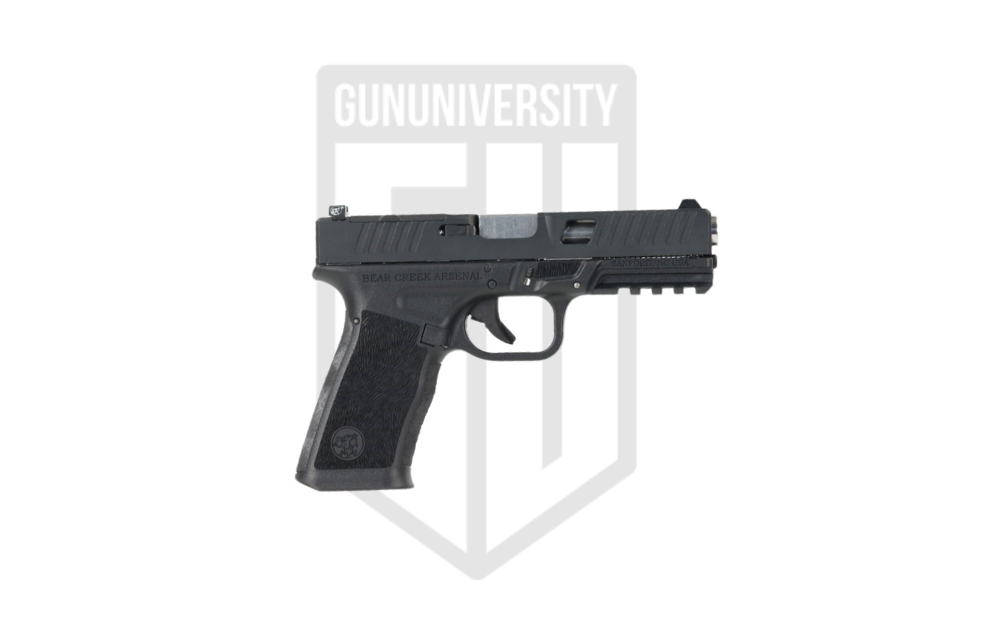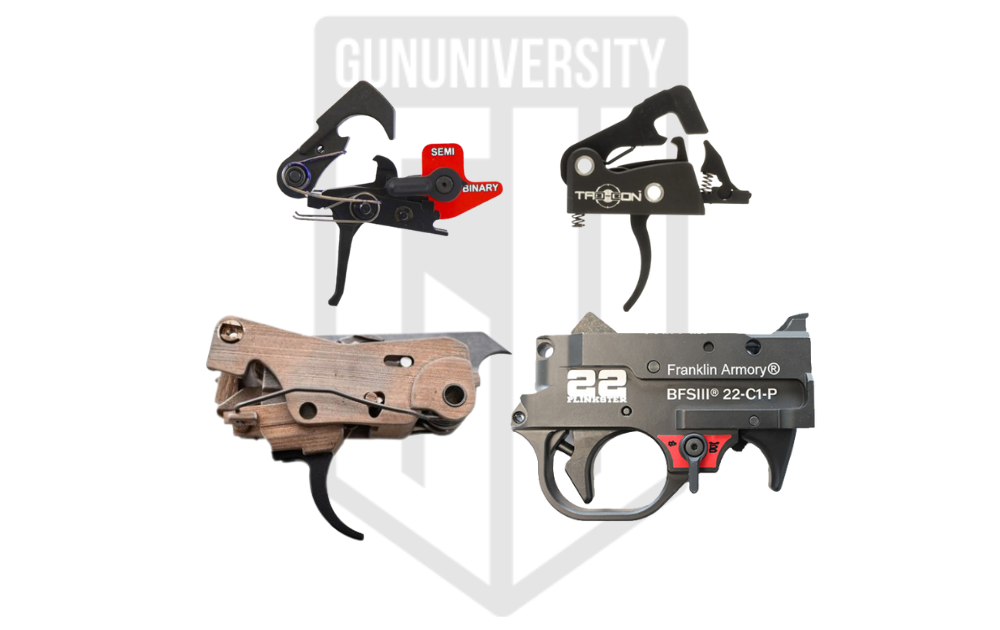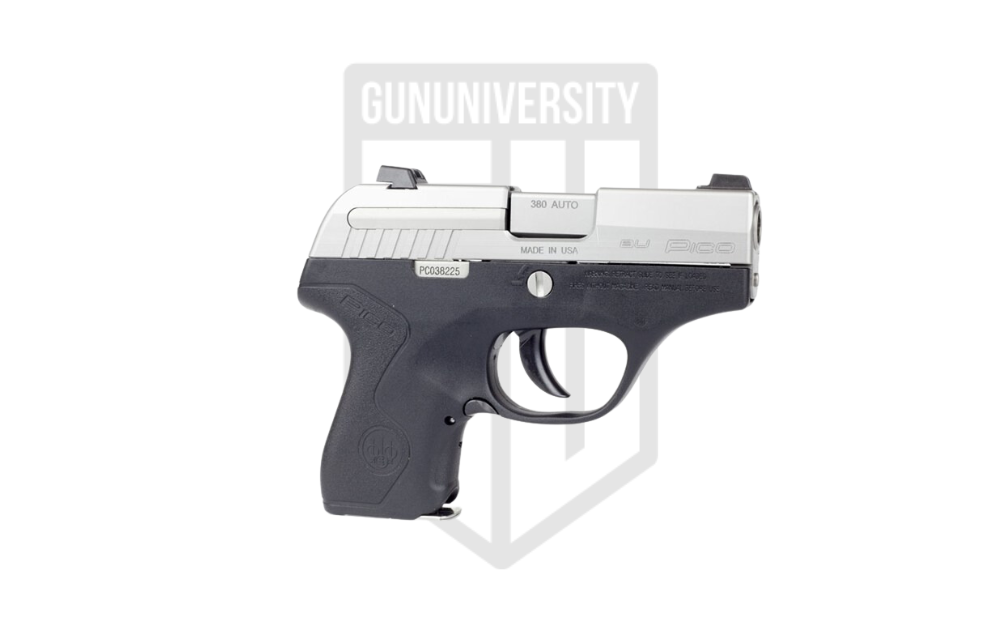Red Dots vs Holographics: Which Optic is Best for You?
The wide-open world of optics allows the American shooter to be equipped for any task we can possibly predict. For close to moderate range shooting, the world of 1X optics is what shooters look too. In that world, two types of optics rule, red dots and holographics. Often both get grouped under the general term of red dot optic.
While it’s an easy mistake to make and not one worth the constant internet wizards issuing corrections in the form of useless comments, it’s worth knowing. It’s worth knowing because when it comes time to choose an optic, you might find yourself choosing between a red dot and a holographic optic. If you know the difference, you’ll be able to make an informed decision.
So today, we are going to discuss the merits of both red dots and holographic optics. Let’s dive in and see what’s what and why you should pay attention.
But if you’re interested in skipping straight to one optic or the other, use the jump links below to get right into them:
What They Have In Common
The term red dot gets applied to almost any 1X optic. It doesn’t have to have to be red or even a dot to earn the moniker red dot. The reason red dot has become the Kleenex of 1X optics is that the optics perform a very similar task. They both excel at close-range shooting and can competently handle ranges out to 200 yards or so.
Both types of optics make shooting very simple and are perfect for beginners, home defenders, police, and military use. Oftentimes the optics can be downright interchangeable when you only observe the task in which they will be used in. Once you take the optics out of the close-range vacuum and see where they excel, it’s easy to see these optics differ quite a bit.
Military and police forces use both optics. The Army chose a red dot as its main go-to, but the special operation’s community seems more partial to holographic optics.
How’s a Red Dot Work?
Red dots are very simple optics, especially compared to holographic sights. An LED shoots out a red beam of light; that red beam of light strikes a piece of specially coated angled glass. That coating reflects only red light (or green) and creates your reticle. This coated glass also prevents the reticle from being seen by someone on the wrong side of the gun and allows all other light to pass through the optic.
The Benefits of a Red Dot
So now that we know how a red dot works let’s look at the advantages a red dot offers.
Size
The simplicity of a red dot makes it capable of being any conceivable size. You can get a red dot small enough to fit on a subcompact pocket pistol and one sized to fit a full-sized rifle. They come in all sizes for a wide variety of different uses. If you need to go small to save room and weight, then red dots rule.
Price
Again, simplicity makes it easy to manufacture a red dot. Anyone can make them…even when they shouldn’t. Right now, I can buy a Gamo BB gun red dot for 12 bucks, and that’s about as cheap as it gets. I wouldn’t suggest that for anything other than a BB gun, but the point remains the same.
Red dots are often cheaper and come at a wide variety of price points. If you want a budget-conscious red dot that doesn’t suck, check the TRS 25. The budget holographic optic isn’t a thing for a reason. You can find red dots at every price point you can imagine. That doesn’t mean the bottom barrel optics are worthy, but they do exist.
Selection
Everyone makes red dots. Every optics company seemingly creates red dot optics. That leads to a lower price point and more interesting designs. Right now, only two companies create holographic optics, and dozens create red dot optics.
This leads to numerous color reticles, various types of reticles, various sizes, purposes, and designs that can’t be ignored. Maybe I want a red dot with an ACSS reticle! Well, Primary Arms makes it! Maybe I want a mini red dot with a 32 MOA reticle that fits on my SIG P365. Boom, Holosun makes it. If you want it, you can probably find it.
Battery Life
The simplest red dot reticles can use a AA battery for five years of continuous use. That’s an absurdly long life for a battery in anything. Aimpoint started a trend of producing ultra-long life systems, and it’s spread like wildfire. You can measure the battery of a red dot in years, but the battery of a holographic lasts in the hundreds of hours at most.
The simpler nature of the red dot means it needs less power, and that also allows these optics to use solar panels. These solar panels can power the optic without batteries….as long as the optic is in the light, obviously.
Red Dot Optics Suggestions
In the wild world of red dots, there are zillion different options to choose from. Here are some of our favorites:
#1 Aimpoint M5 : PREMIUM RED DOT
Aimpoint M5
This red dot will serve you well for many years to come.
Aimpoint created the modern red dot optic and has been on the edge of the industry for a long, long time. The M5 is their latest and greatest optic. The Aimpoint M5 is a rugged and tough optic that lives up to the Aimpoint reputation. What’s great about Aimpoint is that they make a go-to war optic.
Literally, their M4 model serves as the US Army’s M68 and has for over a decade now. These optics cost an arm and a leg, but boy, oh boy, will they last. Heirloom optics aren’t necessarily a category, but the Aimpoint M5 might be the first optic you can pass down to later generations.
#2 Bushnells TRS-25
Bushnells TRS-25
Proof that a quality red dot doesn’t have to break the bank.
I mentioned this optic a while back, and I’ll bring it back up. If you want the cheapest optic that’s still functional on a centerfire firearm, this is it. I wouldn’t use it for any serious task, but for hunting, plinking, and even competing, the TRS 25 from Bushnell is perfectly suitable.
I’ve used mine for a couple of years now over a variety of firearms without issue. It’s got an ugly tint to it, but other than that, it holds up for less than a hundred bucks. This is the lowest tier of red dot that’s still roughly usable and rather durable.
#3 Holosun 507C : Mini Red Dot
Holosun 507C
This mini red dot is perfect for smaller firearms or can add a sleeker profile to larger ones.
If you want a small red dot for a handgun or compact firearm of one type or another, the Holosun 507C is a great option. This little fella provides three optics, a side-mounted battery compartment, a solar panel, and has been proven by plenty of people to be tough and rather durable.
Plus, it’s far from expensive. These little fellas work perfectly on handguns, rifles, and shotguns. They use the Trijicon RMR footprint for plenty of mounting options and deliver outstanding performance. I use one on a Benelli M4, and it’s eaten over a thousand rounds of 12 gauge without issue.
How Does a Holographic Optic Work?
The magic behind holographic sights involves mirrors and lasers and a holographic film to create the reticle.
It’s complicated, and it’s defined like this by the head shed at Eotech:
Holographic weapon sights use a laser transmission hologram of a reticle image that is recorded in three-dimensional space onto holographic film at the time of manufacture. This image is part of the optical viewing window. The recorded hologram is illuminated by the collimated light of a laser diode built into the sight. The sight can be adjusted for range and windage by simply tilting or pivoting the holographic grating.
It’s truly a hologram, and the front glass of the optic isn’t necessary to present the reticle.
The Benefits of a Holographic Optic
Holographic optics are like magic from Asgard. I don’t necessarily understand how it works, but I appreciate it.
Accessibility
If your eyes suffer astigmatism, then a holographic optic is for you. These designs often present a clear and non-blurry or starbursting reticle for these shooters. A normal red dot can vary between looking like a comma or looking like a streaking star for those with astigmatism. Astigmatism sucks for optics, but there is a solution, and it’s not a prism optic.
With a holographic reticle, you’ll have no issues seeing the reticle and being able to use it for shooting. Keep in mind you should look past the reticle and at the target to have the clearest reticle. The Eotech reticle will look blurry to everyone who focuses on the actual reticle. Look beyond the reticle, and it begins to look nice and clear.
Reticles
Since we are talking about reticles, we should mention that holographic reticles are often superior. They can be more complicated without sacrificing clarity or power. Holographic reticles are very crisp and clear compared to red dots.
Eotech is the name most people associate with holographic optics, and they produce a wide variety of optics with tons of different reticles. You can get multiple colors and designs and even stuff as crazy as the Zombie reticle from Eotech.
Those more complicated reticle designs allow for multifunction use. The Eotech, in particular, is designed to allow range finding. The 68 MOA ring of these optics match up to the average height of a man. So at 100 yards, if a man fills the reticle from top to bottom, he’s 100 yards out. If he fills half of it, he’s two hundred yards out, so on and so forth.
Holographic optics tend to have bigger reticles and smaller reticles at the same time. The Eotech -0 reticle involves a huge 68 MOA reticle that’s massive and easy to see, easy to acquire, and rapid. At the same time, in the center is a small 1 MOA dot that’s super precise and easy to see and use at various ranges. The smallest dot a red dot optic has is 2 MOA.
Durability
When you take high-end red dots and compare them to high-end holographics, most of the durability aspects are the same. They are all water, shock, and fogproof. They are built to last, easy to use, and rugged. Aimpoint and Eotech are both heavily used by military and police forces worldwide and have been for decades.
So now why do Holographic optics get the checkmark for durability? Well, back at the beginning of the article, I said Eotech’s do not need their glass to function. So if you smash it out of the optic, somehow, you’ll still see the reticle and use the optic.
Also, you can cover the lens with mud, dirt, snow, and whatever else and still use the optic. It doesn’t matter. Holographic optics will keep on keeping on beyond what a red dot can do.
Holographic Optics Options
I’d love to give you a ton of different options for holographic optics, but currently, only Eotech and Vortex make holographic optics. So here is my favorite Eotech and the only Vortex UH-1–with some bonus selections snuck in.
#1 Eotech XPS3 : Best Eotech
Eotech XPS3
A rugged option and our favorite holo sight that Eotech has to offer.
The EOTech XPS3 gives you a compact body with a full-sized window. You get night vision compatibility, a rugged design, and the famed Eotech reticles. At only 9 ounces, it’s super lightweight, especially compared to full-sized red dots.
If I had to pick one Eotech to be the flagship option, this would be it. It gives you lots of shooting potential and is a perfect optic for home defense and duty use. SOCOM chooses Eotech over and over again for a reason, they work and work extremely well. Plus, it has Thor space magic fueling it.
#2 Vortex UH1 : Best Vortex
Vortex UH1
A solid competitor to Eotech in the holographic sight department.
The Vortex UH-1 is the only competition for Eotech, and it’s nice to see. The UH-1 is coming into its second generation now and presents users with all the advantages of the Eotech with a beefier, more durable design. Add on the huge reticle with small components, and you have an optic that Eotech can’t ignore.
It’s a little heftier at 11 ounces but far from a boat anchor. The UH-1 Gen 2 has night vision modes, as well as a dedicated night vision button quick swaps. It’s a big boy, but I think I like it more than the Eotech options.
#3 Eotech 512 : Best Budget Holo
Eotech 512
A “cheaper” holo option for those trying to save a buck or two.
Budget Holographic sights aren’t necessarily a thing. You won’t find a cheap, 50 dollar holographic sight. Not a real holographic sight anyway. The closest thing we get to a budget holographic sight is the Eotech 512. The Eotech 512, is slightly cheaper than the XPS3 and presents a more affordable holographic option.
It’s a full-sized, old school Eotech with 20 brightness settings, a durable and robust design, the Eotech reticle everyone loves. It lacks night vision compatibility and is big and a little heavy, but still a very competent, duty-ready optic. However, it still costs 500 bucks. It’s cheaper than the other Eotechs and the UH-1 Gen 2.
Red Dot/Holo Hybrid?
What if there’s a way to try and get the best of both worlds? Unfortunately, there’s no real hybrid optic that can max out the benefits of each variety. But this scope does provide a solid option.
#1 Holosun 510c
Holosun 510c
A solid choice if you’re looking for a Frakenstein type of optic.
Let’s say you want some of the best features of red dots with the reticle of a holographic optic. If that’s the case, you want the HS510C. This optic features a ring and circle reticle similar to the Eotech but uses red dot technology. It’s an open emitter sight with the square design of an Eotech.
It offers red dot like battery life too. Shooters get a 50k rating and a backup solar panel. The price is also hard to beat. It’s an excellent optic and performs well in action.
What About…..?
When it comes to choosing between the two, you may have other questions–especially revolving around these three major features.
Nightvision
Both holographic and red dots have night vision options. This means the reticle gets so dim that it can be seen without damaging the night vision optic or being too bright and obscuring the reticle through night vision. Not all red dots and not all holographic optics have night vision modes, so shop around when necessary.
Magnification
Both red dots and holographic optics work well with magnifiers. Magnifiers take an optic that works extremely well at close range and okay at moderate range and makes it an optic that works extremely well at both. You do not need a special magnifier for red dots or holographic optics. An Eotech reticle works on an Aimpoint and vice versa.
Reticle Color
Both red dots and holographic optics come with various color options. Red is most common, with green being second. You could say red dots have a slight advantage with amber options, but it’s hardly worth mentioning. Reticle color is somewhat important. Red reticles are very clear and often stand out, green reticles are softer on the eyes, and amber reticles look super bright.
So Which One is Right for You?
So, now you know the differences between the two types of optics, the real question is, which one is for you? It’s a big wide world of optics, and choices are great. The only downside is having to pick one or the other.
It’s not an easy decision, and my best advice would be to try both if possible. All the words and articles in the world can’t replace trigger time. However, at least you can approach both optics knowing their strengths and weaknesses.
Let us know below what you use and why.
Recent Posts
July 27, 2024
July 26, 2024
July 25, 2024

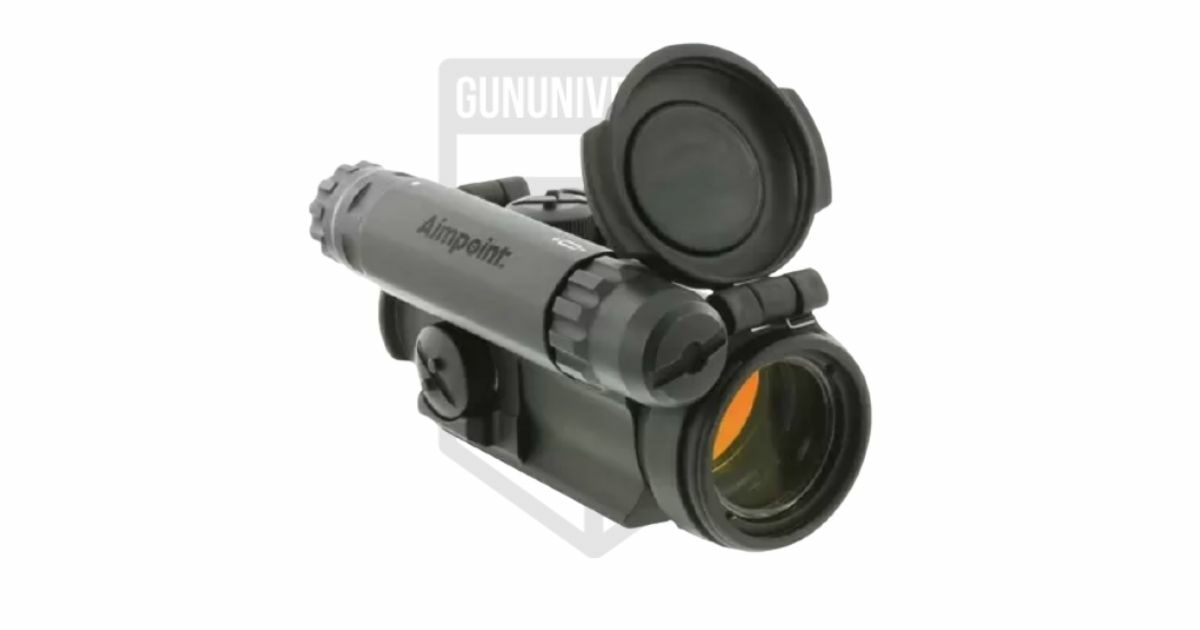
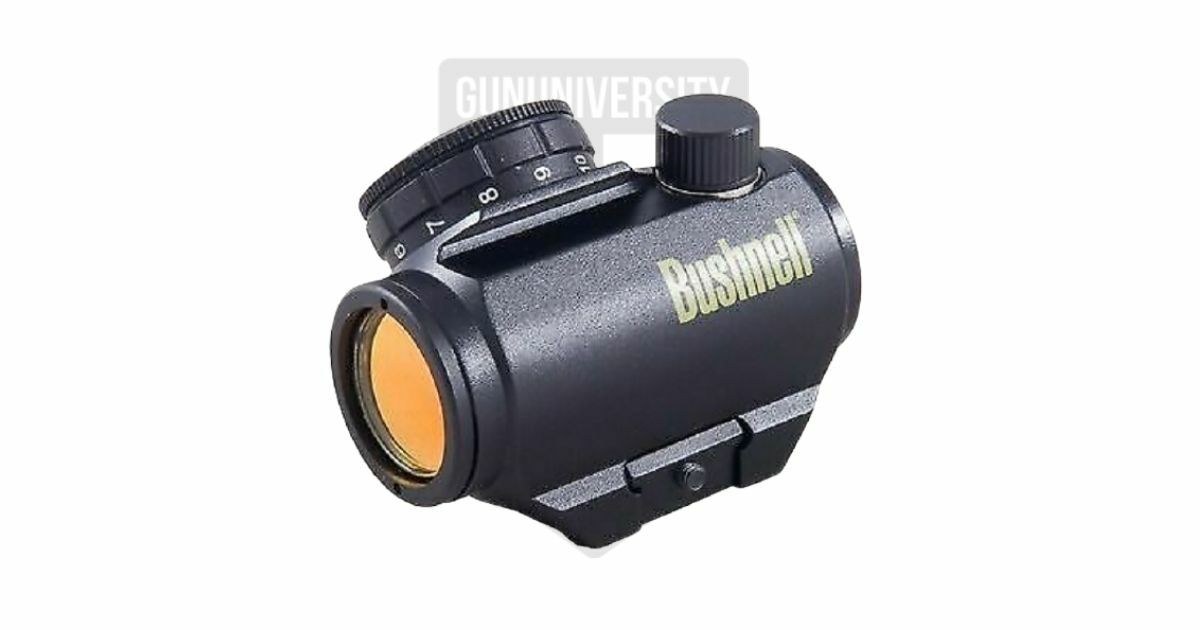
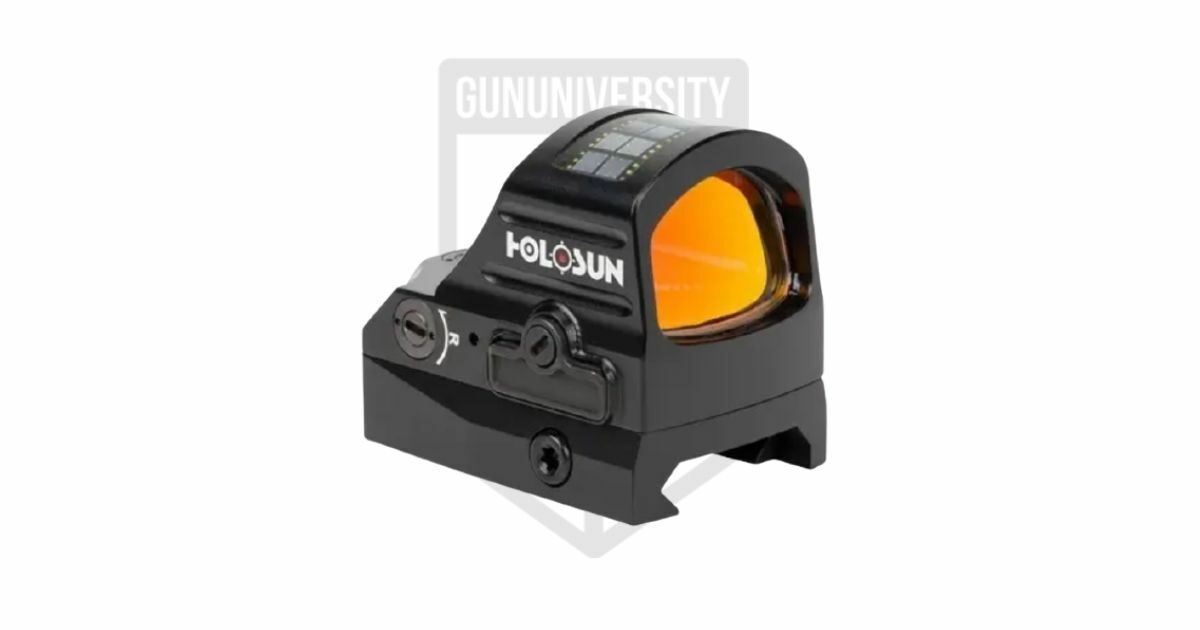
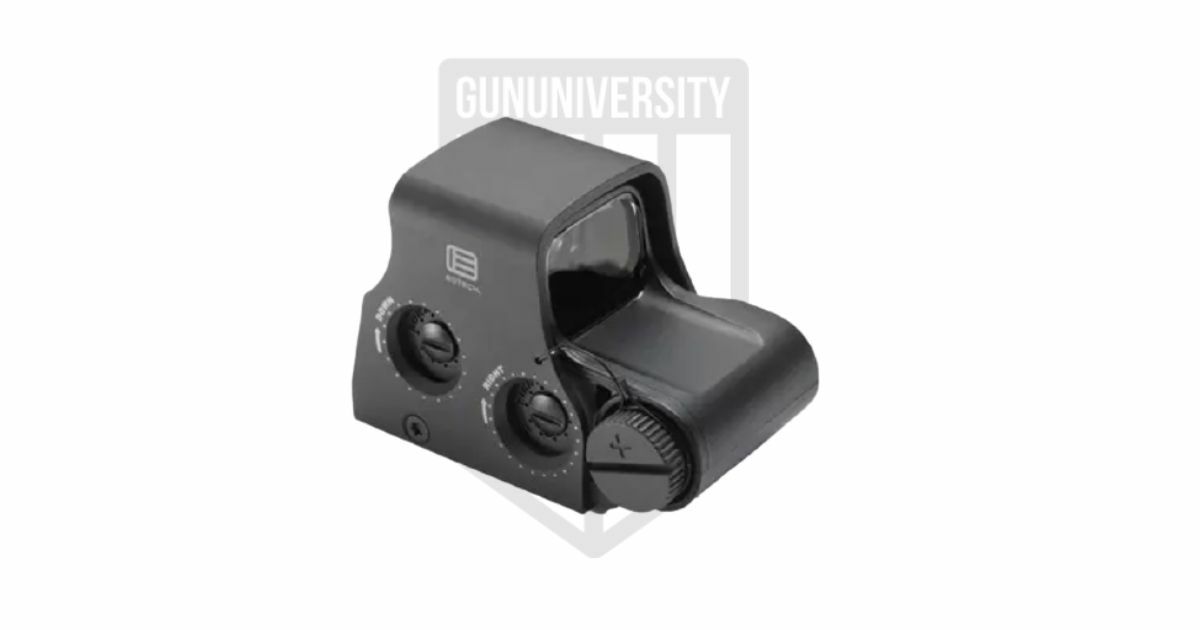
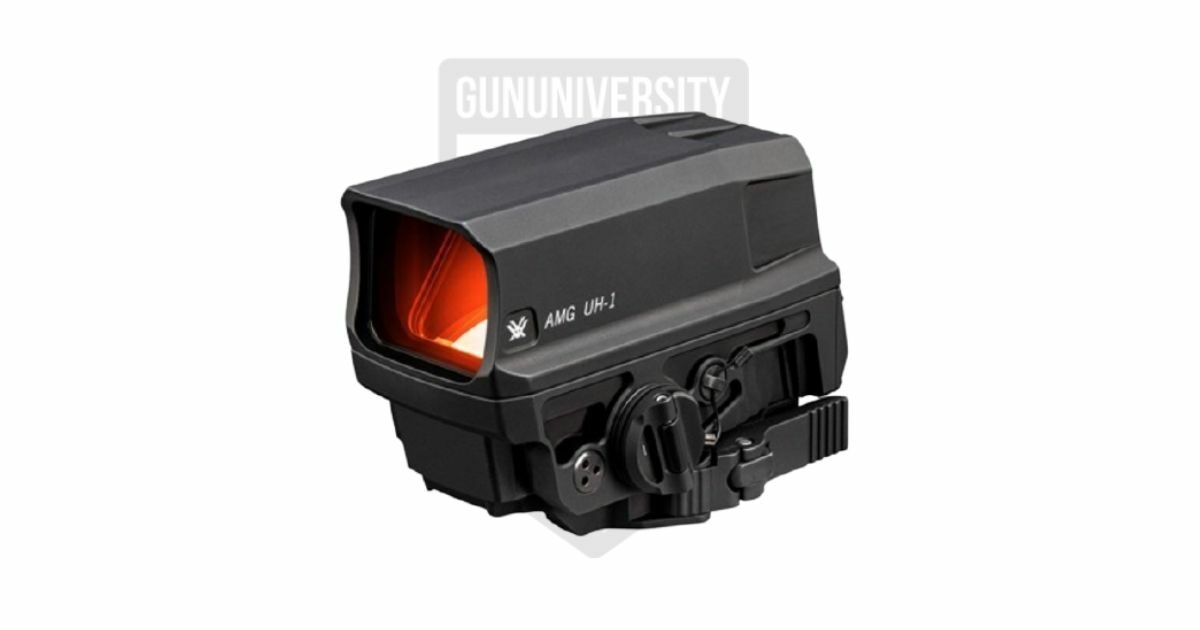
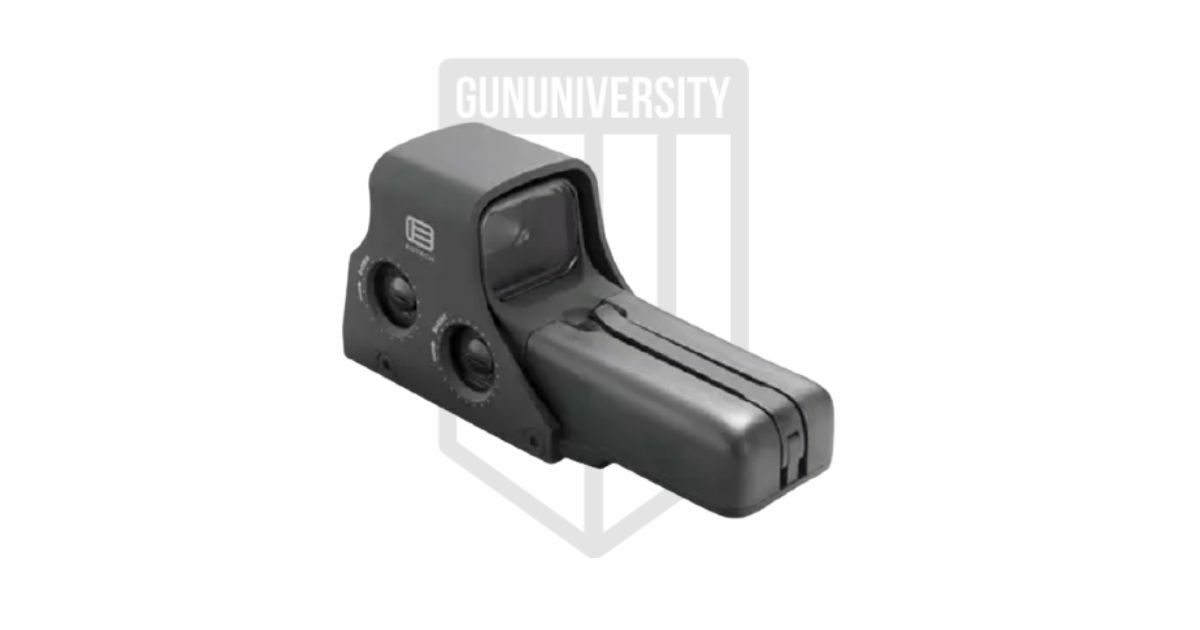
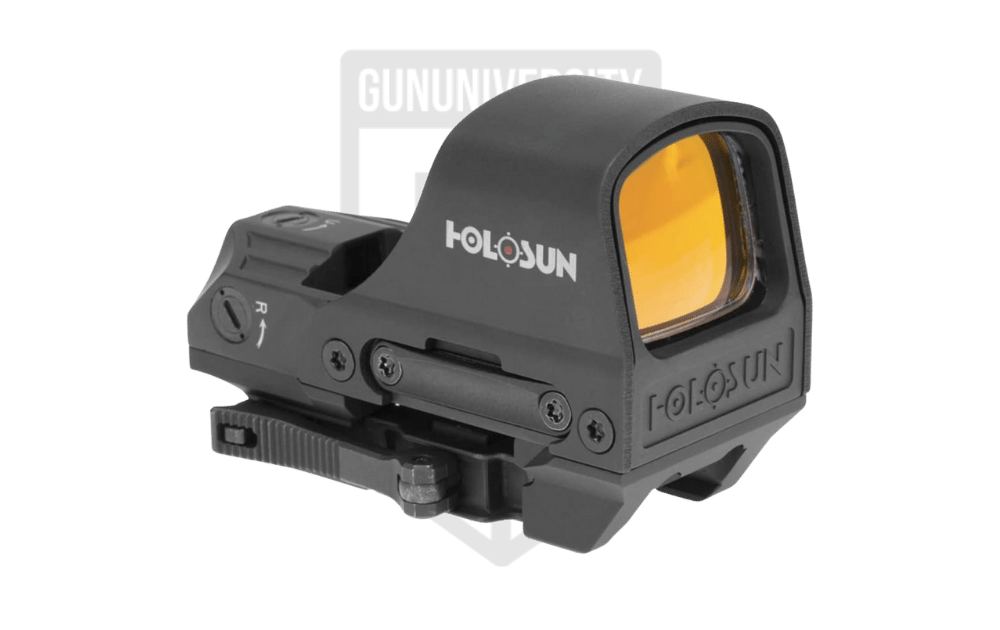
![The Best Shooting Ear Protection in 2024 [Tested]](https://gununiversity.com/wp-content/uploads/2021/09/best-shooting-hearing-protection.jpg)
